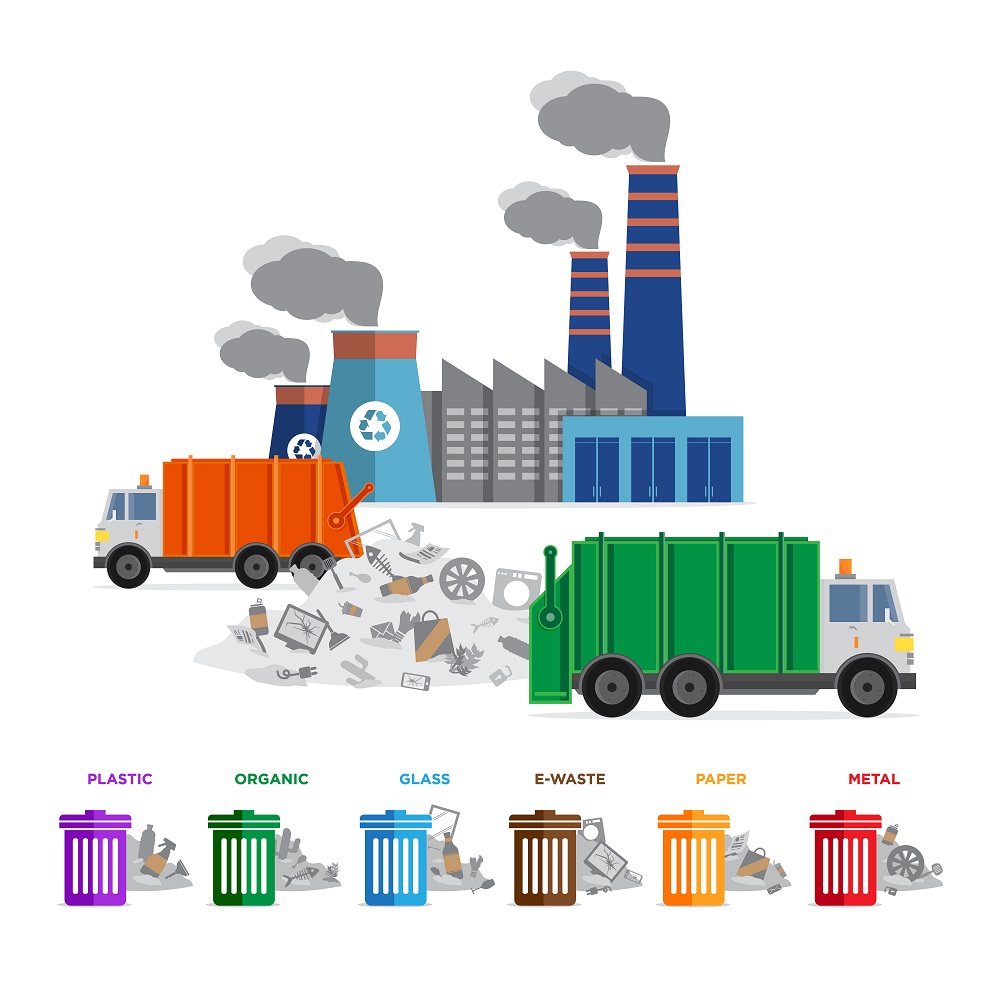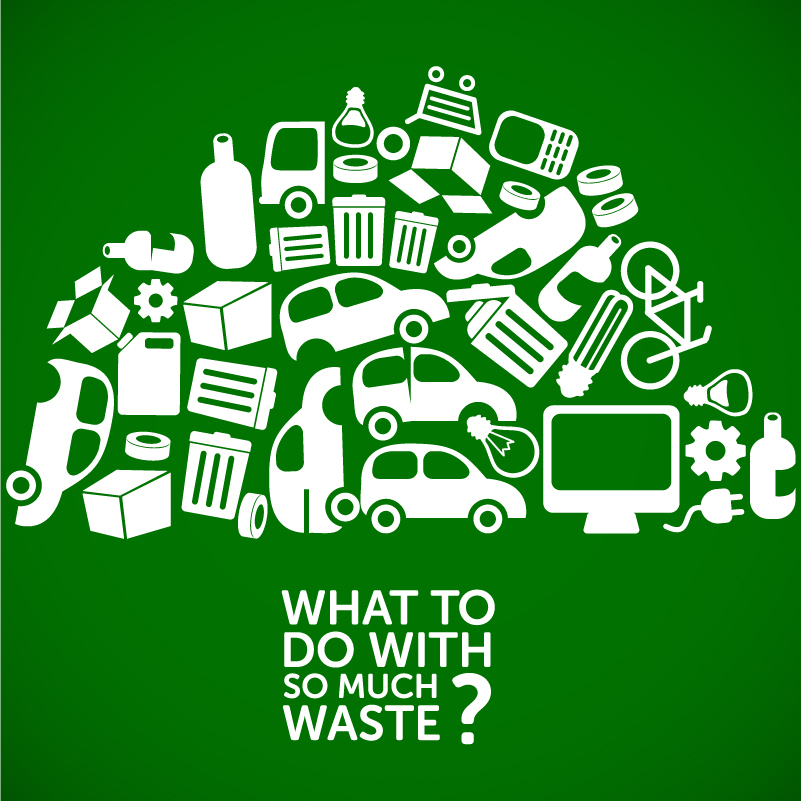Electronic Waste Disposal: An Environmental Concern in India
Electronic Waste Disposal: An Environmental Concern in India
At its core, the issue of a clean environment is a matter of public health. – Gina McCarthy
Usually referred to as e-waste, Electronic Waste is a term used for such electronic or electric items that must be disposed of at the end of their life. It can be covered under three main categories – large household appliances, consumer equipment and IT and Telecom. Products like washing machine and refrigerator feature in the large household appliances category and television in the consumer equipment segment with personal computers and mobiles belonging to IT and telecom.
Growing electronic waste is a concern for environment because it is made up of components like arsenic, mercury, lead, selenium, cadmium and hexavalent chromium designated as hazardous waste. As the technology has advanced, so has the global production of e-waste. With 41 million tonnes of electronics going for a toss every year, the concern of how to deal with it is alarming.
Illegal Trading and Crude Treatment
According to United Nations Environment Programme report, about 90 percent of electronic waste is either illegally traded or dumped at random places. E-waste disposal has become an issue but many developing countries do not yet have the laws or protocols in place to deal with it. This invites environmental risks from components which the discarded electronics are made of.
The major ways in which e-waste can affect the planet, as well as its inhabitants, are:
Air Pollution
Many rudimentary processing plants to manage e-waste are not safe or ethically run causing air pollution. Also, you may find traffickers burn open the computer wires to get the valuable copper inside them. Also, hydrocarbons are released into the air when computer chips are stripped off their gold plating.
Water Pollution
The harm reaches water when Cathode ray tubes present in old computer monitors, video cameras and televisions are broken apart to remove the yoke and dump the shell. Lead and barium contained in the shell may cause soil leaching and thereafter, groundwater contamination. This endangers the life of local people who use this water for bathing and drinking and the wildlife species who rely on it for sustenance.
The crude process of recycling also leads heavy metals and persistent organic pollutants to accumulate inside our bodies on inhaling the contaminated air.

Pollutants from Industries
Electronic gadgets have surely infiltrated our everyday life providing us with more comfort, accessibility and security. On the lop-side, India’s medieval recycling sector is coming under a cloud of doubt. Narrow down your focus here and you gain pollutants like lead, mercury, cadmium and polycyclic aromatic hydrocarbons (PAH) to affect us the most.
Lead has toxic effects on the central and peripheral nervous system of humans. Mercury poses damage on the genitourinary system owing to a tubular dysfunction along with harming the peripheral and central nervous systems. Inorganic mercury spreads into water to become methylated mercury and enters the body of living organisms through food chain. Being carcinogenic, Cadmium is long-term cumulative poison when it accumulates in the kidney.
National Green Tribunal
In India, there is no policy on managing e-waste to address the environmental hazards. It had National Green Tribunal set up in 2010 in response to the concerns arising from electronic waste disposal. Guided by the principle of natural justice, the tribunal ensures speedy environmental justice. However, it could hardly do anything about suggesting changes in the product designing and manufacturing.

E-Waste Management Technology
As a precautionary measure, ours must be a collective effort to prevent the upcoming environmental hazard by making changes in the electronic products at manufacturing level. This is possible through applying waste minimization techniques and having a sustainable product blueprint in place.
Inventory management, production process modification, recovery and reuse are crucial in waste minimization. On the other hand, rethinking the designing procedures, use of renewable materials, creating components and peripherals out of biodegradable items are few ideas for sustainable product design.
As environmental justice shifts the extended accountability on the producer, it talks about having sound eco-friendly technology in place with better raw materials, design for longevity and cleaner production. Apart from these, some recycling procedures need improvement and up-gradation on both fronts – technology and skills.
Achieving Environmental Justice
The responsibility lies on industries to rectify their mistakes but our government needs to gear up too for having set standards for e-waste disposal. India is required to define electronic waste clearly while coming up with an integrated e-waste management policy and a regulatory regime related to import and export.
In addition to the technical and policy level interventions, efforts are needed at the implementation level with institutional capacity building. It gives a formal status to the recycling business while having a sound legislation in place to collect and recycle. The legislation must also have a protective protocol for people working in e-disposal industry.
At the end, government needs to create public awareness in maintaining occupational and environmental health.

